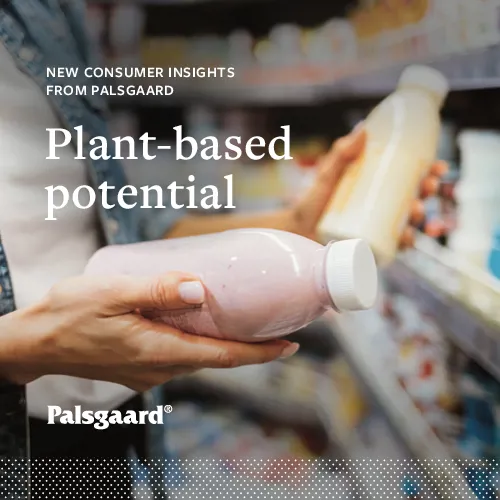
CONSUMER SURVEY
TECHNICAL ARTICLE
The market for dairy alternative plant-based drinks is evolving quickly, bringing with it plenty of challenges and learning curves for manufacturers trying to match the performance of dairy with authentic, stable products. Lorena Rodiguez, Dairy Applications Coordinator with Palsgaard Mexico explains why adding emulsifiers and stabilisers can make a world of a difference and shares her latest inspirational recipes:
"Suppose you’re experiencing stability problems with your non-dairy alternative drinks. In that case, the first thing to do is to check the formulation balance to ensure your recipe doesn’t exceed the expected range for each ingredient type. Next, take a deeper look at the raw materials and your production process, preferably together with emulsifier and stabiliser experts on hand to help you set up and make sense of testing."

Alternatives to milk such as soy, coconut, almond and rice drinks, have gained in popularity in recent years. These dairy-free options can achieve a similar mouthfeel and texture to traditional dairy products but, for example, with fewer calories and lower fat content. But working with such products is far from simple, with formulation and production challenges that are, in some cases, entirely new.
In this article, we’ve chosen to focus on how manufacturers can solve key formulation and production challenges around coconut, rice and almond drinks – three of the most popular non-dairy beverages on the market today. Products of this kind are typically composed of 0.5 to 3% protein, 0.5 - 3% fat, carbohydrates and fibres. The exact balance of such ingredients will depend on the specific nutritional profile the manufacturer aims to achieve.
This article also shines a spotlight on three concept recipes, which demonstrate how Palsgaard can work with producers of plant-based beverages.
Stability is an important area for manufacturers to focus on. Due to the types of fat (with low saturation to deliver on nutritional claims) used in such drinks, the emulsion is, by nature, very sensitive, with sedimentation, flocculation, and fat separation as constant issues. One only has to think about what it’s like to open a can of coconut milk, for example, to realize that the ingredient’s rapid change from liquid to solid curd is likely to show up as creaming on the surface of a non-dairy alternative drink.
Last year, Palsgaard commissioned extensive consumer research* into the plant-based market, which included questions about dairy alternative beverages. The research highlighted certain areas where consumers would like to see improvements. For example, they would like to find products with less sedimentation, a longer shelf-life and enhanced texture and creaminess.
With regards to sedimentation, the survey asked consumers whether they had ever seen visible particles in their plant-based beverages and the results were quite striking. A high proportion (70%) said they had noticed this. It also asked consumers how they thought plant-based beverages could be improved and 34% chose “avoiding sedimentation” as one of their top three choices.

Emulsifiers such as monoglycerides prevent fat globules from merging together and therefore they form a stable emulsion of fat. They work by reducing the interfacial tension and helping to stabilise the emulsion and they make the fat globules more resistant to coalescence, while at the same time they reduce fat separation.
Emulsifiers improve the product by preventing fat separation and increases in viscosity, and in doing so they help to improve the overall creaminess of the product.
Stabilisers such as carrageenan and gellan gum help prevent serum separation and sedimentation. They do this in different ways, for example, carrageenan can react with casein micelles to obtain a 3D network, which entraps protein and fat to make the product stable. Gellan gum helps create a gel structure in the solution, which keeps particles in suspension. The gellan network is formed independently of the proteins in the drinks and has only limited influence on the viscosity. Using gellan gum helps to improve the overall mouthfeel and the product’s stability.
The unsaturated fat in plant-based drinks demands strong emulsification ingredients, especially when long shelf-life products are produced. The introduction of the UHT technology has been incremental in achieving a shelf-life of up to a year, depending on the composition of the product.
Palgaard’s survey confirmed this is an area where consumers would like to see improvements.
Respondents were asked if they were happy with the length of time plant-based 'milks' could be used after opening and 5.5% said they were not happy. This figure was highest in France at 9%. Palsgaard’s stabiliser and emulsifier blends can help keep the product stable and they can considerably extend the shelf-life of plant-based items.
To address formulation and production challenges and exercise an appropriate degree of control over particle suspension and fat stability properties, a careful mix of emulsifiers and stabilisers is recommended. Mono- and diglycerides of fatty acids, made from edible vegetable fats and oils are commonly used as emulsifiers in non-dairy beverages to stabilise the emulsion and reduce the fat separation. They also improve the creaminess of the drink.
Stabilisers are water-soluble polysaccharides extracted from land or marine plants or from micro-organisms. Adding stabilisers helps create the network required to suspend particles, increase viscosity, and improve mouthfeel. They are used for thickening and stabilising properties.
Suppose you’re experiencing stability problems with your non-dairy alternative drinks. In that case, the first thing to do is to check the formulation balance to ensure your recipe doesn’t exceed the expected range for each ingredient type. Next, take a deeper look at the raw materials and your production process, preferably together with emulsifier and stabiliser experts on hand to help you set up and make sense of testing.
With vegetable-based drinks (particularly cereals such as rice and oats) you may, for example, need to pay extra attention to upstream and downstream homogenisation, countering the effects of their starch content. For drinks produced using protein isolates, a holistic view of the product is recommended as i.e. protein salts and emulsifiers in interactions give the right, stable emulsion.
The way consumers interact with plant-based beverages has evolved. People now desire new options that taste good enough to drink on their own, as well as a selection of ‘milks’ they can choose in place of dairy. They expect high quality, good flavours, and lots of choices, and this makes the market both exciting but also challenging for manufacturers.
At Palsgaard, we have been working hard to keep ahead of market trends, and as a result, we have developed a new emulsifier-stabiliser blend specifically for the plant-based beverage sector. Here, we highlight three recipe concepts to demonstrate how the product we developed – Palsgaard® RecMilk 143 – can address several of the issues manufacturers face when working with plant-based solutions, which are often high in fat or starch. The first concept is coconut with almond and the second is rice milk blended with cocoa. We also developed an almond milk-based coffee creamer. These are all popular flavours and the raw materials for these are plentiful in South America where we are (also) based, so that was another reason to work with these blends.
To enhance these recipes and make sure the finished product is top quality requires a careful balance of emulsifiers and stabilisers, and this blend from Palsgaard offers several benefits from suspending particles in the liquid and preventing sedimentation to enhancing the overall texture. It can also eliminate fat separation and creaming during storage. Overall, it gives the beverage a richer and creamier taste and mouthfeel. Also, because often only low dosages of each are needed, it can offer cost savings.
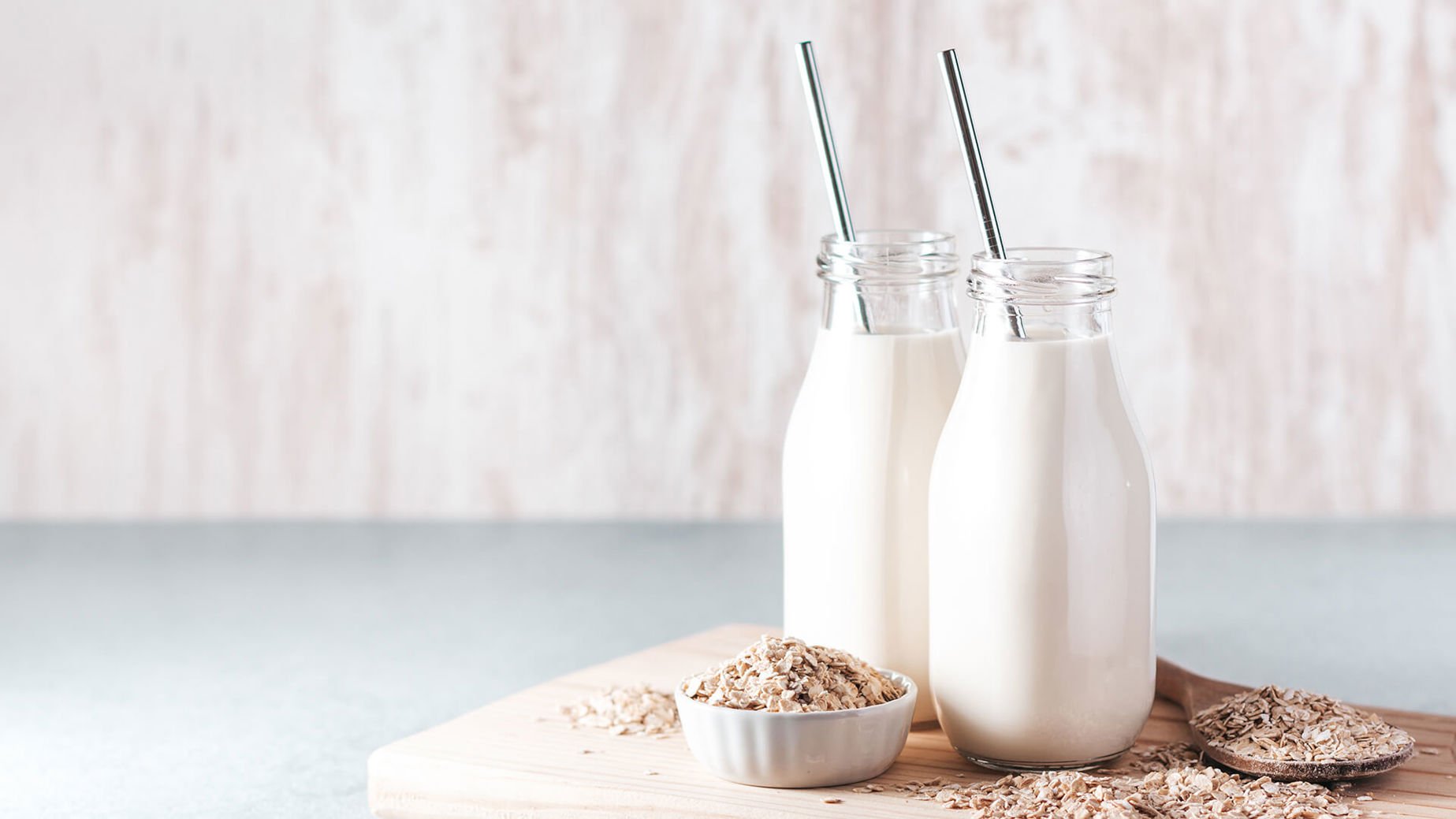
When working with different raw materials we face specific challenges with each one, and so blending them together can present concerns with things like mouthfeel and texture. One of the areas we wanted to look at with plant-based beverages is to get good stability in the liquid, so for this first recipe – Coconut-Almond – we had to work with fibres from the protein sources and we needed to ensure we could disperse the heavy particles to prevent sedimentation.
Another issue with this flavour combination is that we had to deal with high levels of fat, and for a beverage, this can mean the mouthfeel is too creamy. We needed to ensure the final product had good viscosity and stability.
We were able to achieve this by using our new Palsgaard® RecMilk 143. The emulsifier-stabiliser blend made of mono- and diglycerides of fatty acids (E471), sodium alginate E401 (standardized with sucrose) and gellan gum (E418) helps suspend the heavy particles and ensures the mouthfeel is pleasant for consumers.
Coconut-Almond is a blend which is likely to appeal to today’s health-conscious consumer because it’s high in healthy fats, which can help lower cholesterol. In addition, almonds are high in fibre, which protects the intestinal wall.
![]()
The second concept, Rice Milk with Cocoa, is an example of how sedimentation can pose a challenge in the plant-based sector because when cocoa powder is added to a beverage the particles often sink to the bottom over time.
The other issue with this recipe is that rice and oat 'milks' can be very difficult for us to work with because they are high in starch, and this causes high viscosity. Rice can also cause creaming. So, we needed to find a way to suspend the cocoa particles in the liquid to prevent sedimentation and to improve the mouthfeel. But we also needed to get the texture right to make sure the beverage is pleasant to drink.
It’s a delicate balance between the stabiliser and emulsifier to suspend the particles and reduce the viscosity, but we were able to create this synergy between all the components in this recipe using Palsgaard® RecMilk 143.
The Rice Milk with Cocoa concept does not contain lactose and offers some additional health benefits from the rice, such as Omega 3, calcium and B-12. It is a UHT product with a long shelf-life of six or seven months.
![]()
Creating a lactose-free option which still has the mouthfeel and creaminess of coffee creamer is challenging in the plant-based category, so we spent some time developing this third concept.
The final recipe is an Almond Milk-based Coffee Creamer. Here Palsgaard® RecMilk 143 helped ensure that when it is added to coffee, it still provides the creaminess and mouthfeel of dairy, while also offering a hint of almond flavour to enhance the beverage.
![]()
In most situations, the best and most reliable path to solving problems with existing recipes or developing new ones is to join forces with specialists in emulsifiers and stabilisers. And, as the inventor of the modern commercial emulsifier, Palsgaard is ideally positioned to help. We’ve been supplying both dairy and non-dairy producers with high-quality emulsifier systems for decades.
At well-equipped application centres around the world, our teams of application specialists work alongside you to determine the optimal mix of raw materials, recipes and processes to achieve a stable product with the right sensory qualities. And we have the equipment needed to work with pasteurized, UHT-treated and sterilised products, making shelf-life studies covering the entire shelf-life of the beverage.
Palsgaard has developed a series of plant-based recipe concepts to help demonstrate how its emulsifiers and stabilisers can help customers create new products. These concepts form part of our latest plant-based campaign – Experience Palsgaard – which aims to bring together its unrivalled technical knowledge with its network of regional application centres and the latest consumer insights.
To find out more, click here to Experience Plant-based Palsgaard for yourself.

CONSUMER SURVEY

TECHNICAL ARTICLE
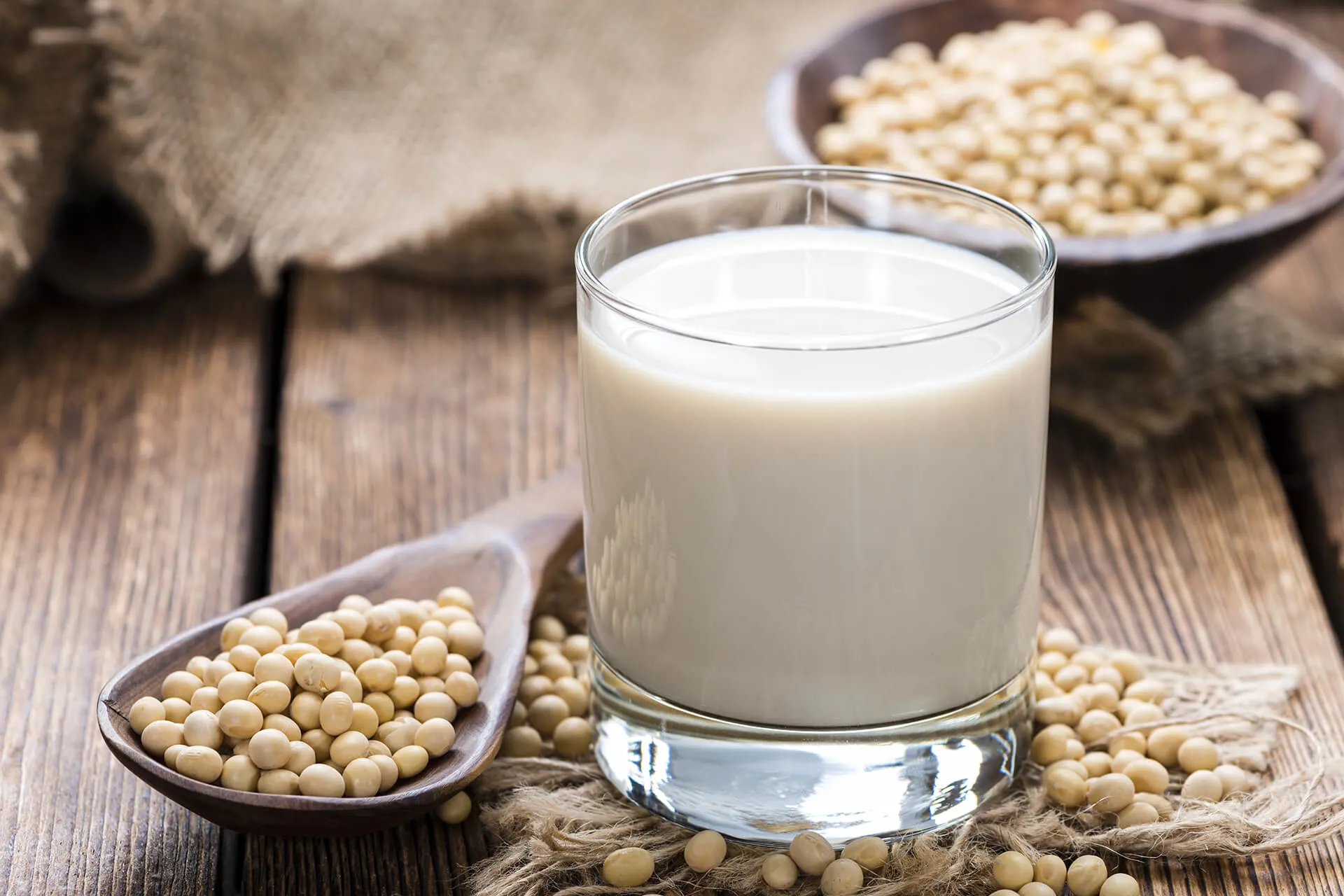
TECHNICAL ARTICLE
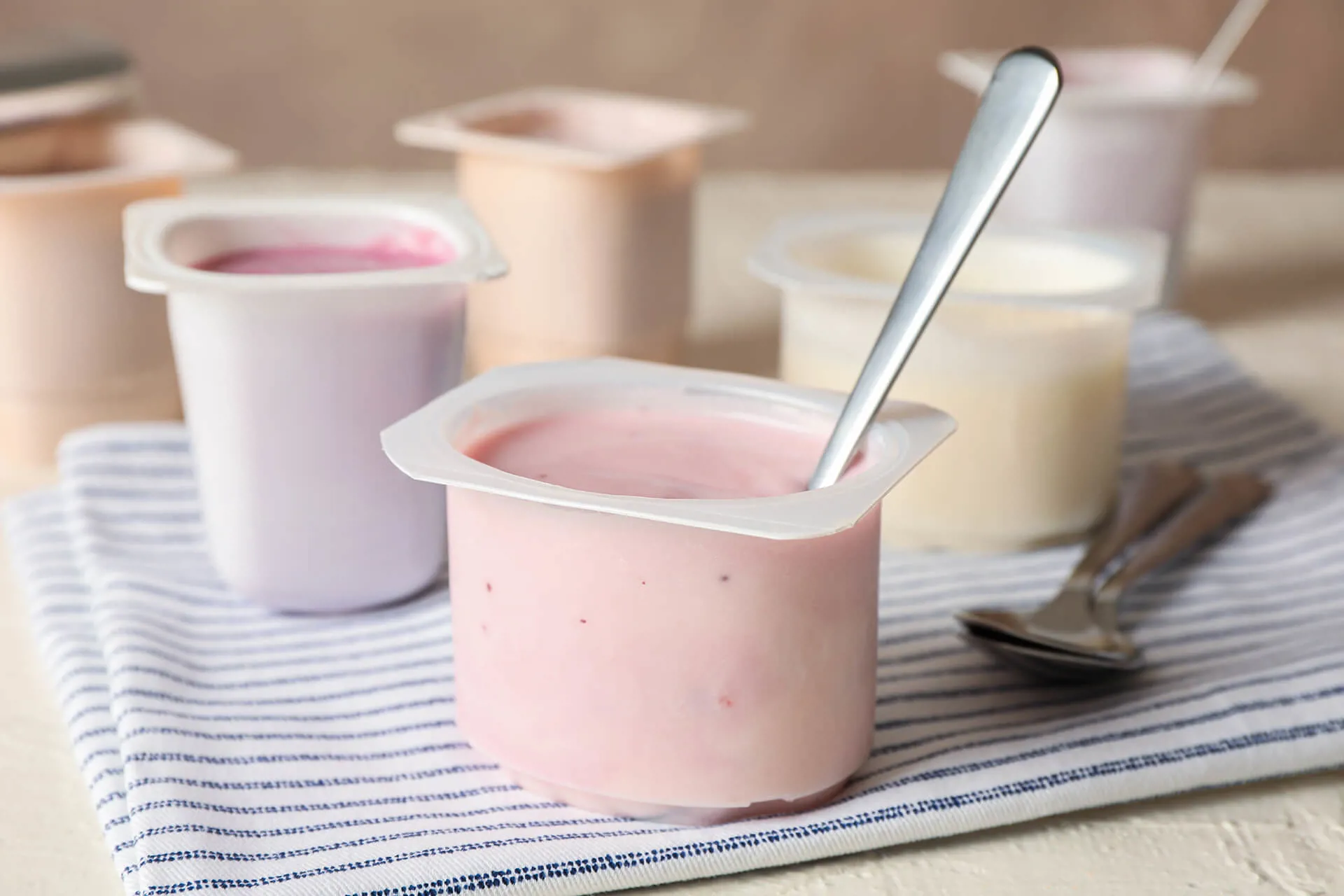
TECHNICAL ARTICLE
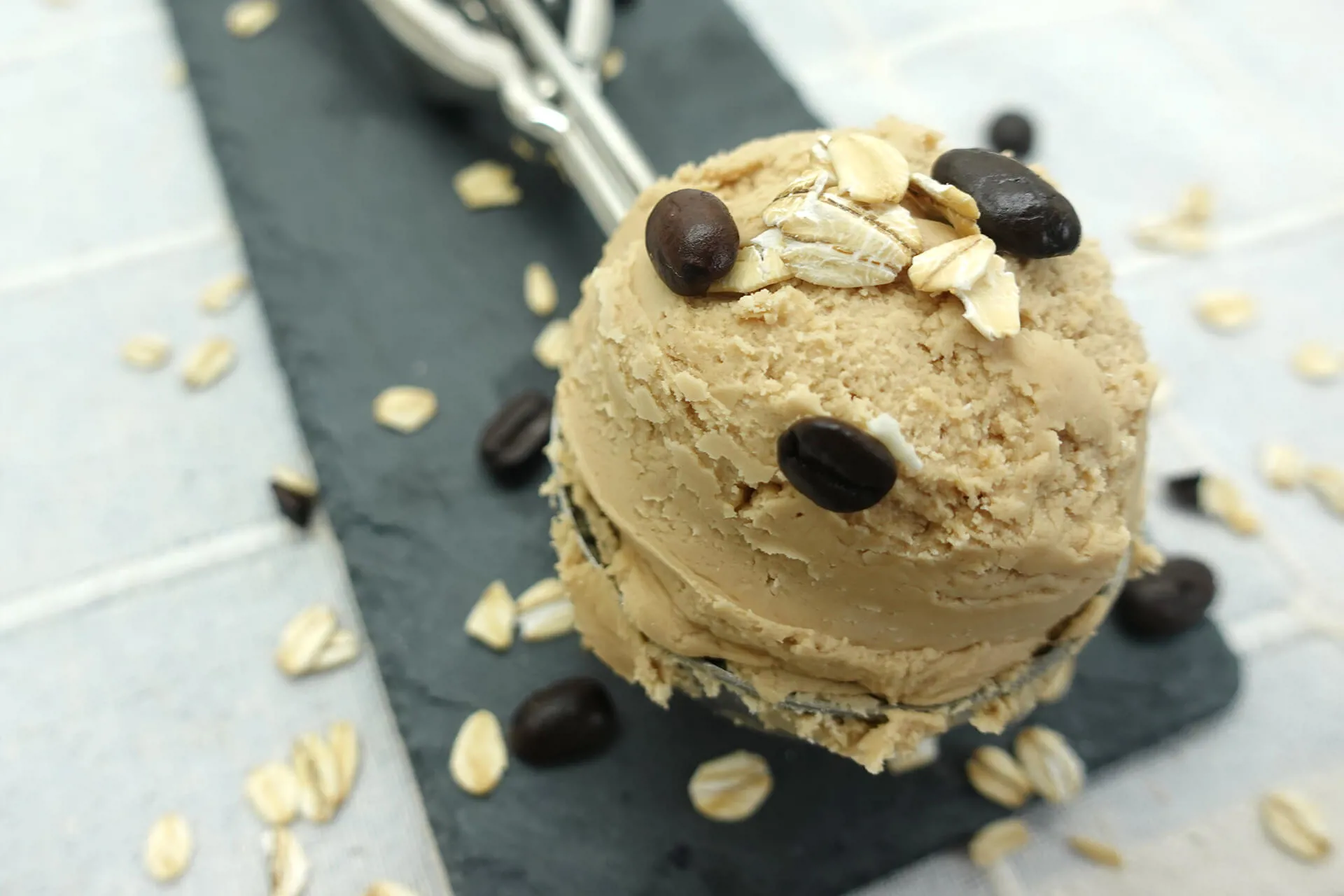
TECHNICAL ARTICLE